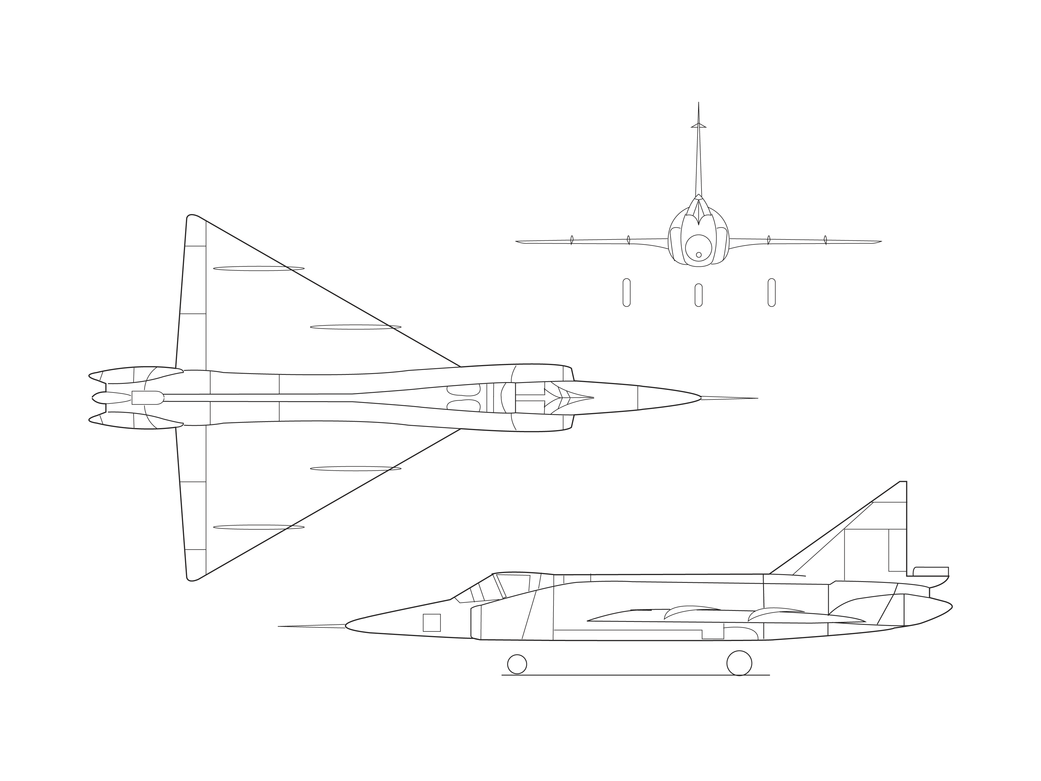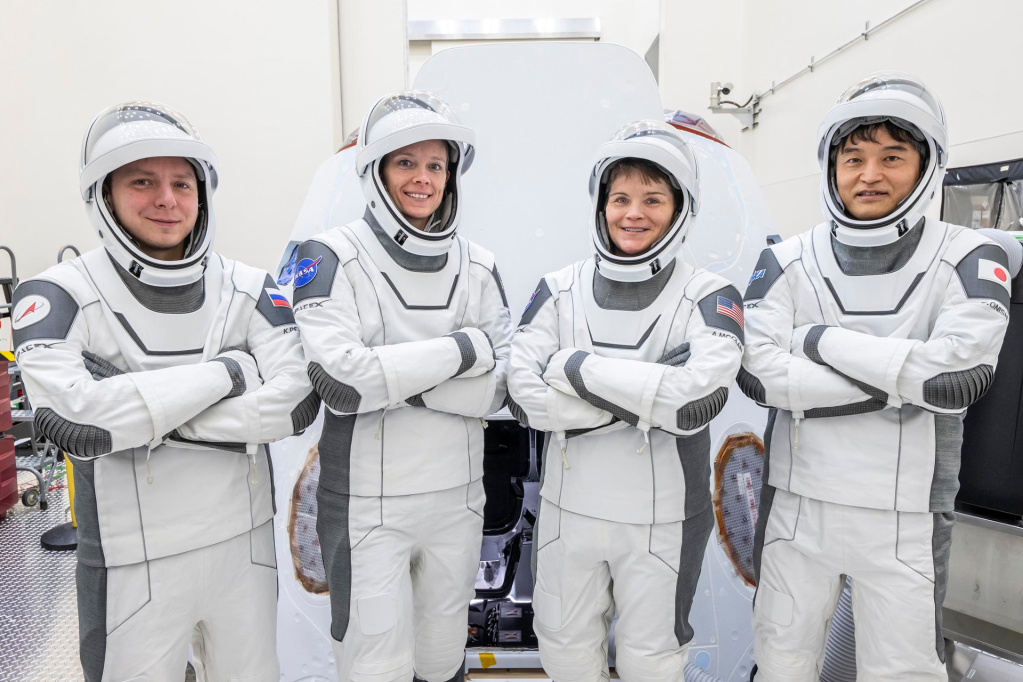
EG-0043-01
The Convair F-102A was a delta-wing, single-engine, jet-powered, all-weather interceptor. A preproduction prototype called the YF-102 was built in 1951, and tests of scale models were undertaken in the National Advisory Committee for Aeronautics (NACA) wind tunnels at Langley Memorial Aeronautical Laboratory, Hampton, Virginia. Unfortunately, test results indicated that the YF-102 had too much drag to achieve supersonic flight. NACA and Convair engineers went over the data together at Langley, where aerodynamicist Richard T. Whitcomb and his team had been studying various aircraft configurations at transonic speeds in their wind tunnel. Whitcomb said that the YF-102’s smooth, streamlined fuselage should be replaced with a wasplike waist and a bulging tail in such a way that the total cross-sectional area of wings, fuselage, and tail should be that of an ideal streamlined body. Aircraft designed according to Whitcomb’s Area Rule were dubbed “flying coke bottles.” Convair returned to Langley in May 1953 with a modified YF-102 model, and new wind tunnel tests showed substantial drag reduction. Additional changes were suggested to follow the Area Rule more closely. The result was the much improved F-102A Delta Dagger, which first flew in December 1954 (demonstrating supersonic flight while still in takeoff climb!).
The 32nd production F-102A was modified with flight loads instrumentation while still on the assembly line, and designated JF-102A. It was delivered to the NACA High-Speed Flight Station (HSFS, now Armstrong Flight Research Center) at Edwards Air Force B se, California, on April 3, 1956 as part of a loan agreement to evaluate various fighter planes in the Air Force inventory. NACA researchers learned a great deal from these flights, in return for which NACA research pilots made evaluation flights in support of Air Force development efforts. JF-102 pilots at the HSFS included John B. “Jack” McKay, Neil A. Armstrong, Milton O. Thompson, and Navy Lt. Cmdr. Forrest Petersen. They performed a variety of performance tests, stability and control evaluations, and drag studies. In January 1957, the aircraft was returned to Convair in Fort Worth, Texas, for modifications in preparation for the Test To Tactical (Test Tact) program. This involved equipping the JF-102A with a larger tail, fire control system, and making various structural improvements. In late July, following Test Tact, the airplane was returned to the HSFS for additional drag research. McKay and Armstrong also performed a series of low-lift-to-drag ratio landings similar to what might be expected from an aerospace craft or space shuttle type vehicle. Eventually in May 1959, the JF-102A was returned to the Air Force and placed in storage at Davis-Monthan Air Force Base, Tucson, Arizona.

























